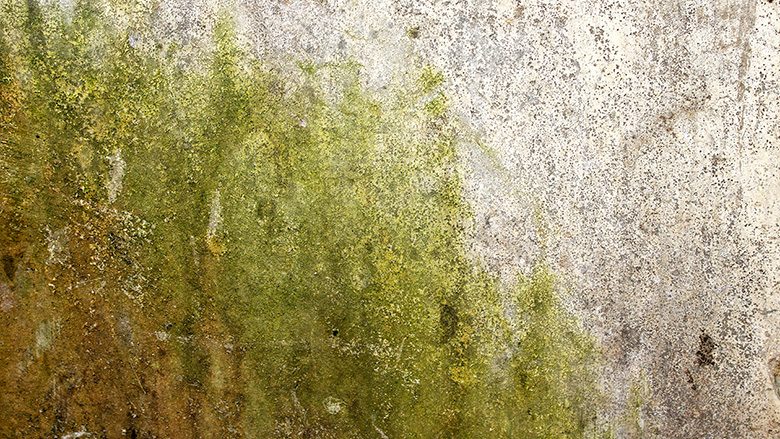Understanding Mycotoxins: A Crucial Challenge for Restoration and Remediation Professionals
The Invisible Threat: Tackling Mycotoxins in Mold Remediation

Credit: Artur Plawgo / iStock via Getty Images Plus
As restoration and remediation professionals, addressing mold is a critical part of your role. However, mycotoxins are an equally important concern. Mycotoxins are produced as mold grows and matures. These microscopic toxins present significant risks to both your clients’ health and their indoor environments.
The Invisible Threat: Mycotoxins in Mold Remediation
Though visible mold might seem like the primary issue during remediation, the real challenge lies in tackling what isn’t visible to the naked eye. Mycotoxins are smaller than mold spores, enabling them to infiltrate ductwork, surfaces and the air, making them a dangerous and unseen threat. It’s vital to integrate mycotoxin management into every remediation plan to safeguard your clients’ health and thorough restoration.
Why Mycotoxins Demand Attention in Restoration Projects
Tony Abate highlights the importance of proactive strategies for the indoor environment in his Q&A with me, "Safeguarding Indoor Air Quality: Proactive Strategies," it’s clear that early prevention and proactive measures are vital in combating mold and mycotoxins. Here’s why mycotoxins are critical to address:
- Compromised Indoor Air Quality: Mycotoxins degrade the air quality, exacerbating health risks even after mold removal.
- Health Implications for Occupants: Symptoms of mycotoxin exposure range from respiratory distress to neurological effects, such as epilepsy. As professionals, making sure comprehensive risk elimination boosts client trust and most importantly a healthy and safe environment.
- Detection and Removal Challenges: At only 0.1 microns, mycotoxins evade traditional HEPA filtration systems, demanding innovative approaches and specialized tools.
Modern Solutions for Mycotoxins
Innovative technology helps empower the industry in combating mycotoxins effectively:
- Advanced Filtration: Pairing HEPA filtration with UV-C light systems neutralizes a wider spectrum of contaminants.
- Fogging Solutions: Non-toxic fogging agents target mycotoxins without leaving residues.
- Comprehensive Dust Removal: Mycotoxins often bind to dust; meticulous cleaning of surfaces and particulates is essential.
- HVAC System Remediation: Regular cleaning of ducts and coils prevents mycotoxins from spreading, aligning with Tony Abate’s emphasis on HVAC maintenance.
Embracing Prevention: Proactive Measures for Professionals
Prevention remains the cornerstone of effective remediation:
- Moisture Control Systems: IoT-enabled sensors monitor and manage humidity, preempting mold growth.
- Client Education: Educating homeowners about the risks of untreated mold and mycotoxins reinforces the value our services.
Tony Abate’s insights on maintaining a dry, well-maintained home environment and serves as a practical guide for restoration experts. From sealing basements to ensuring proper HVAC upkeep, these strategies are crucial.
Elevating Your Expertise
By addressing both visible mold and the invisible threat of mycotoxins, restoration and remediation professionals can differentiate themselves. Offering comprehensive solutions ensures healthier environments and builds a lasting relationship with their client and builds trust. Remember, while the mold you see is the immediate concern, it’s the mycotoxins you can’t see that demand equal attention.
Looking for a reprint of this article?
From high-res PDFs to custom plaques, order your copy today!




